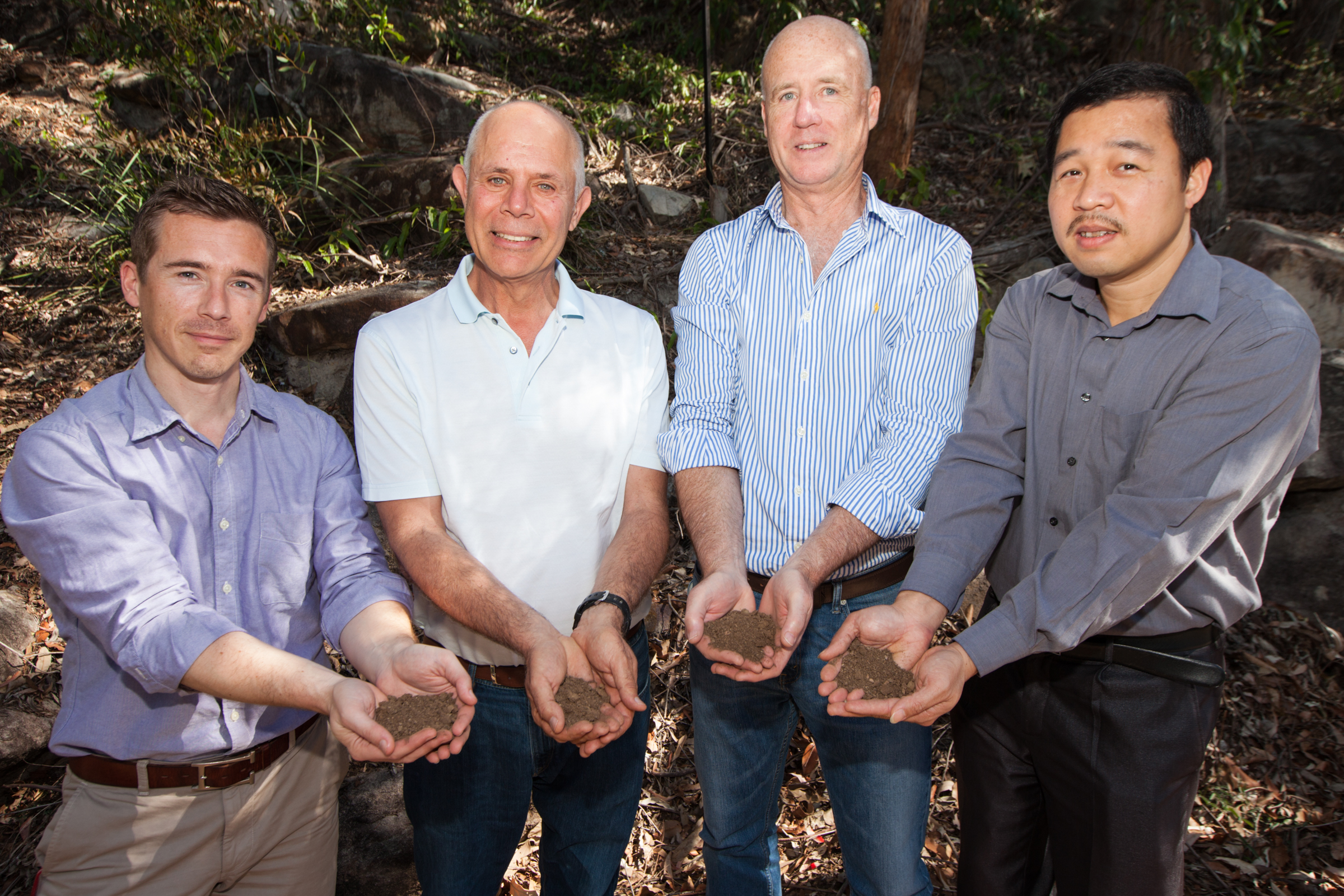The ‘Red Dawn’ dust storm which enveloped Sydney in 2009 left more than just a huge clean-up bill in its wake. Griffith researchers have shown for the first time that the Tasman Sea marine ecosystem was also affected by the intense dust storm.
By analysing satellite imagery of the ocean and dust transport model simulations, Associate Professor Albert Gabric and a group of researchers at Griffith School of Environment were able to show the soil transported out to sea by the storm caused a widespread marine biological response, especially in phytoplankton.
Their findings have been published in the journal Marine and Freshwater Research.
During the dust storm, which occurred on 22 and 23 September 2009, Professor Gabric said almost 2.5 million tonnes of soil was lost off the Australian coastline in the 3000km long dust plume. It was the largest off-continent loss of soil ever reported. Its effects were also felt on the Gold Coast, Brisbane and as far as Cairns.
![J000592_DUST_STORM_RESEARCH_GRAPHIC[2c]_LO_RES](https://news.griffith.edu.au/wp-content/uploads/2015/09/J000592_DUST_STORM_RESEARCH_GRAPHIC2c_LO_RES-300x300.jpg) “To examine the impact on the Tasman Sea we have simulated contemporaneous atmospheric dust load and deposition over the Tasman using a regional dust transport model that provided daily data for the study period,” he said.
“To examine the impact on the Tasman Sea we have simulated contemporaneous atmospheric dust load and deposition over the Tasman using a regional dust transport model that provided daily data for the study period,” he said.
“These simulations suggest that during the Red Dawn event dust deposition over the ocean was three times the long-term monthly average.”
However, Professor Gabric said the most interesting aspect of the research was the enhanced iron bioavailability for phytoplankton uptake.
“Continental dust transport is a major source of iron to the deep ocean,” he said.
“We know that iron is a limiting nutrient for phytoplankton in many areas of the ocean, so when dust falls onto the ocean, it can act as a fertilizer for the growth of algae, or phytoplankton, which in some cases can exhaust dissolved CO2 in the upper ocean and lead to a draw down of atmospheric CO2.
Phytoplankton is the foundation of the marine food web, which feeds everything from microscopic, animal-like zooplankton to multi-ton whales.
“In the past the Tasman Sea has shown no response to dust-derived nutrients, but during this particular event it was well above the climatological mean with positive chlorophyll anomalies as high as 0.5mg m—3,” Professor Gabric said.
“Nutrient-rich dust has been shown to stimulate phytoplankton growth. At this point we don’t know if this will have a positive or negative impact on the marine food web.”
Professor Gabric said dust not only affected climate, but is also influenced by it. He said its production, atmospheric transport and deposition are sensitive to climatic conditions.
“As Australia becomes hotter and drier in the future, intense dust storm events such as Red Dawn will likely become more common,” he said.
This research was a result of collaboration between A/Professor Gabric, Dr Roger Cropp, Prof Grant McTainsh, Dr Tahdg O’Loingsigh and PhD student Dien Van Tran from the Griffith School of Environment, Dr Barbara Johnston from Griffith School of Natural Sciences and Dr Harry Butler from the School of Agricultural, Computational and Environment Sciences at the University of Southern Queensland.
“The work also highlights the quintessential multi-disciplinary approach that Griffith School of Environment is noted for, with inputs from aeolian dust researchers, atmosphericscience and biological oceanography,” Professor Gabric said.
